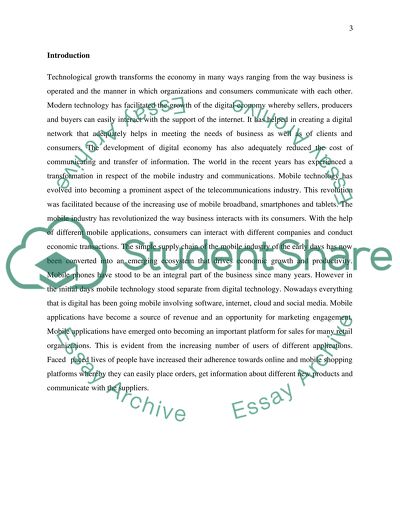Cite this document
(“The impact of mobile apps on digital economic Research Paper”, n.d.)
Retrieved from https://studentshare.org/technology/1646646-the-impact-of-mobile-apps-on-digital-economic
Retrieved from https://studentshare.org/technology/1646646-the-impact-of-mobile-apps-on-digital-economic
(The Impact of Mobile Apps on Digital Economic Research Paper)
https://studentshare.org/technology/1646646-the-impact-of-mobile-apps-on-digital-economic.
https://studentshare.org/technology/1646646-the-impact-of-mobile-apps-on-digital-economic.
“The Impact of Mobile Apps on Digital Economic Research Paper”, n.d. https://studentshare.org/technology/1646646-the-impact-of-mobile-apps-on-digital-economic.


